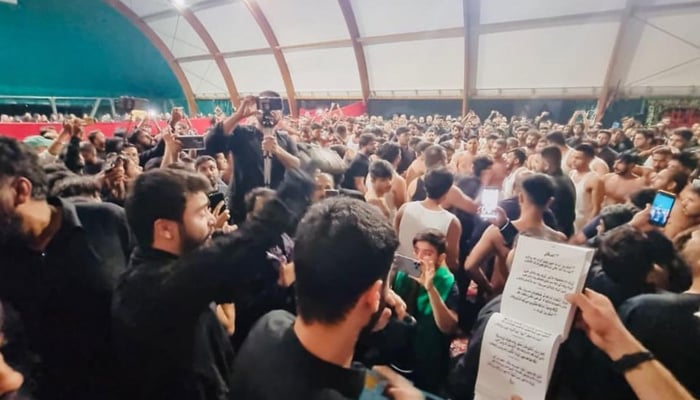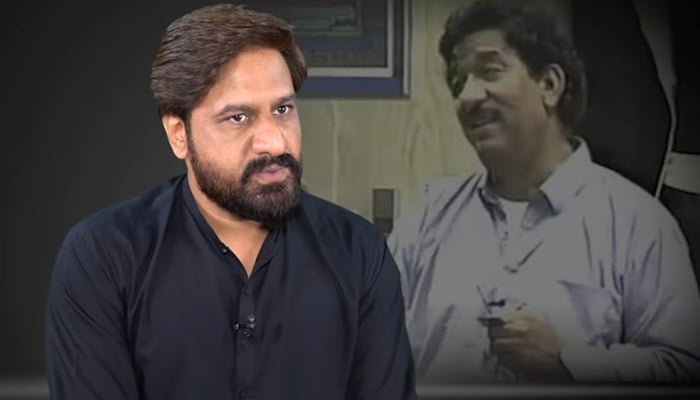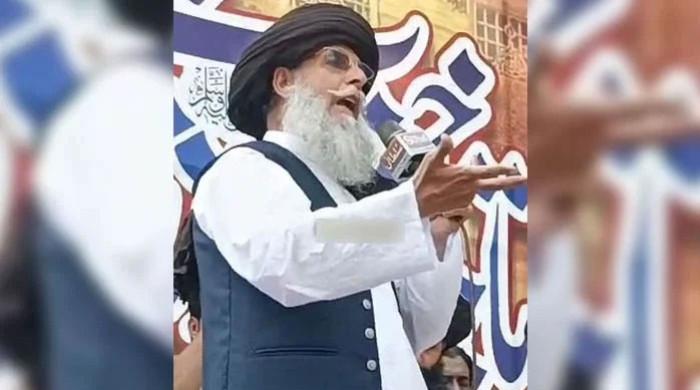Noha khuwani: Preserving tradition in a digital age
Noha khuwani, an essential part of mourning rituals commemorating the tragedy of Karbala, has deep historical roots in the Indian subcontinent
July 15, 2024

Noha khuwani, an essential part of mourning rituals commemorating the tragedy of Karbala, has deep historical roots in the Indian subcontinent. Traditionally, it has been a profound expression of grief and devotion.
Post-independence, the art of noha khuwani flourished with notable figures such as Ali Muhammad (Sachay Bhai), Sadiq Hussain (Chajjan), Jafar Hussain (Dada), Syed Afaq Hussain Rizvi, Ali Zia Rizvi, and Nazim Hussain setting high standards.
Their contributions laid the groundwork for contemporary noha khwans like Nadeem Raza Sarwar, Farhan Ali, and Irfan Haider, who have gained international recognition.
Evolution and digitalisation
Over centuries, noha khuwani has naturally evolved. This evolution has been significantly influenced by the forces of commercialisation and digitalisation.
Izhar Haider, known for his traditional recitations of classic kalams by noha khuwans, has gained significant public recognition.

In a recent interview with Geo Digital, he discusses the impact of digitalisation on its preservation and adaptation in the modern world.
Regional styles and cultural influence
"There are different styles of noha khuwani across various regions. From Iran and Iraq to the Indian subcontinent, you’ll find diverse interpretations," he said.
"The blending of cultures has given this art form its unique character. The styles from Amroha and Lucknow differ, as do those from Punjab and Sindh. These variations are often reflected in Nadeem Sarwar’s nohas, yet the traditional recitations by older noha khuwans continue to be cherished," Izhar stated.
Adapting to modern times
Izhar, a prominent voice in noha khuwani since 2006, has captivated audiences with his unique style, often evoking the spirit of the legendary Ali (Sachay Bhai). He chose to recite the kalam in the old pattern style.
"In the modern era, releasing nohas has become much easier; thanks to social media, anyone can create a YouTube channel and upload their work."
"However, the noha khuwans who have maintained a following over the years continue to trend, as their listeners eagerly await their Kalams/Nohay during Muharram," Izhar said.

"While newer artists also have their audience, the process used to be far more complex. In the past, from recording to cassette release, there were numerous stages, and if there were any issues with mixing, it meant starting all over again. Today, it’s much simpler—if you perform well, your audience will certainly look forward to your releases."
Double-edged sword of social media
Izhar highlighted both the benefits and drawbacks of social media, noting its impact on the tradition of azadari.
"While social media has its advantages, the viral spread of incomplete information has caused harm. Partial clips of zakireen have led to misunderstandings and discord. Karbala teaches us the message of love and brotherhood, making it crucial to approach this with caution and responsibility."
True purpose of noha khuwani
Izhar explained that although many have turned noha khuwani into a means of livelihood over time, its true purpose is to keep the memory of Karbala alive.
People who love Imam Hussain (RA), regardless of their sect, offer their tributes in their own unique ways, and noha khuwani is one such expression. Yet, even this age-old tradition is evolving with the times, blending the old with the new in fascinating ways.









